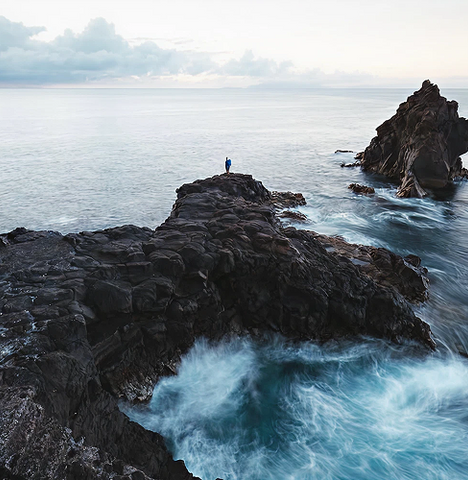
"Filters are really interesting because in our photography world now, everyone does things with dials and grading and actually as cinematographers, it's lovely to put a stamp on things. Because you want photographic intent, and there’s no better thing to express photographic intention than color in front of your lens. Every film is different. So you approach it in a different way—you have to."
On The Greatest Showman, it was period peace, so I wanted diffusion. Nathan Crowley, Production Designer, made this beautiful set full of points of light, and I really wanted to make it less sharp. I discovered this filter called Black Glimmerglass, which is so beautiful because it allowed diffusion to happen but also contrast, also color came through in a beautiful way. That's why I love the saturation because the red suit was so vivid. Other diffusion would have mitigated that. The Glimmerglass allowed for that to happen.
I realized when I was a child that I was always staring at things. I mean, people have accused me of that, they I think I'm daydreaming, but I'm constantly daydreaming about light. When you have a compulsion to look, then you can't stop yourself, and that's where passion lies. So that's why I'm a cinematographer because, I like to look at light, and I like how light falls on stories. It's really interesting when you get articulate and eloquent with light, or your understanding of it. Then you can use it to enhance a story that's the beautiful thing, I think that's at the center of our Art.
Filters are essential to my work and Tiffen's Glimmerglass filter is one of my favorite filters and I've used it on eight films now. It allows the sharpness of the lens to work, but it still effects the highlights in a beautiful way and allows contrast to persevere. I love that filter! It creates a world!
Filters make sure that the filmmaker is telling a story through not only their lens, but through their color and it's good to make that part of your practice—essential, actually." Seamus McGarvey ASC, BSC



